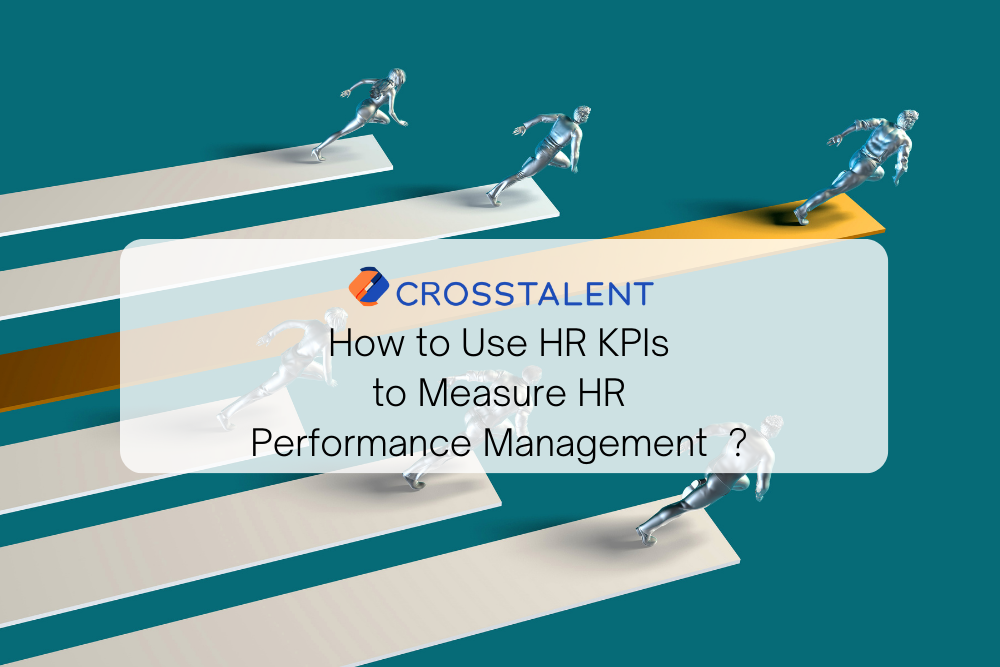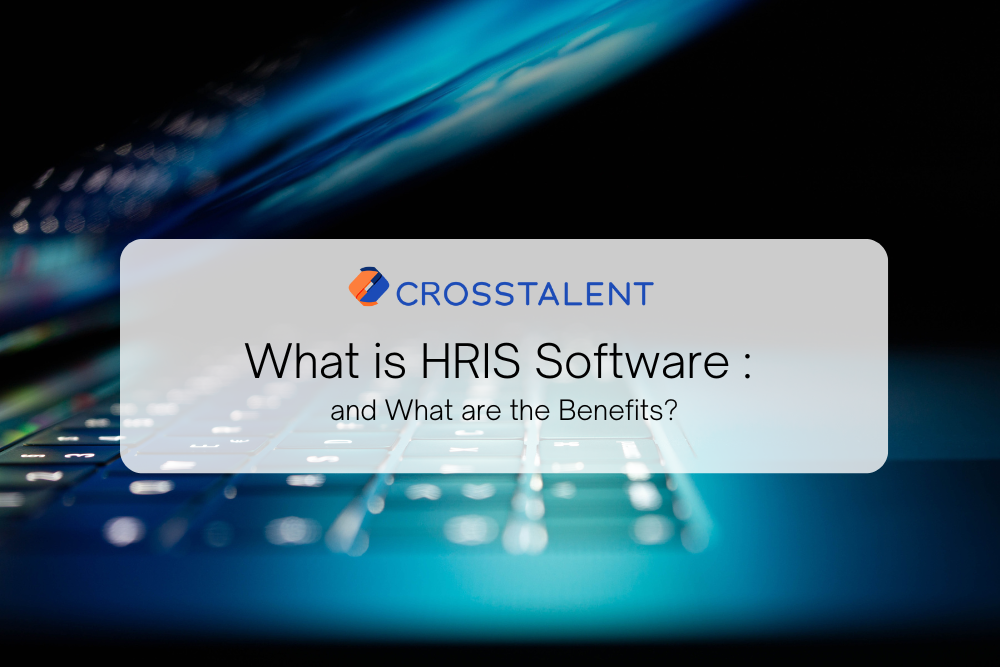While the primary mission of human resources departments is to ensure the day-to-day management of company employees (absence, leave, recruitment, sickness, payroll, training, mobility, etc.), the HR function must also contribute to the organization’s strategic challenges.
Like any other department, the HR department must prove its efficiency to achieve this. Therefore, it will rely on HR key performance indicators (KPIs). These KPIs are measurement tools that provide an overview of key data relating to the HR department.
So, how do you measure a company’s HR performance? How do you choose the right HR KPIs? How can you improve your HR performance? This article explains it all.
How Do You Measure a Company’s HR Performance?
Let’s start by saying that HR KPIs are needed to calculate the performance of various HR actions and processes.
Establishing these indicators before launching an HR campaign, whether recruitment or training, for example, is essential. They will help you make the right decisions, monitor the actions taken, and measure their effectiveness.
A good HR KPI must:
- Answer a real question
- Be simple and understandable
- Be easy to obtain
All the KPIs for HR performance management must reflect the organization of a company’s human capital. HR KPIs will be applied to various HR functions, such as recruitment, talent management, and remuneration, all of which can impact the organization’s social climate.
HR KPIs for Recruitment
Recruitment is strategic for any HR department. Considering that human capital is one of a company’s most vital resources, a recruitment error can have repercussions on the whole team and, therefore, cause a domino effect on the company’s performance and even sales.
To turn recruitment costs into a profitable investment for the company, it’s important to use indicators that give you an overview and enable you to control all the different components.
Here are a few examples of simple HR KPIs to help you manage your recruitment performance:
- Number of recruitments by manager or department
- Number of interviews conducted
- The number of applications received for each position (to assess the attractiveness of the advert and the company based on the remuneration offered and the quality of HR communication)
- The number of applications per recruitment channel, such as job board, career site, etc. (indicates the effectiveness of each channel, depending on the advertised vacancies)
- The average duration of a recruitment campaign
- The average cost of recruitment
- Breakdown of recruitment by type of contract (permanent, fixed-term, temporary, etc.)
- Staff turnover rate
- Acceptance rate
HR KPIs for Administration Management
Administrative performance is all about how efficiently your HR department handles the day-to-day tasks to keep things running smoothly. This includes managing employee leave, processing payroll and payslips, handling recruitment tasks, and ensuring all employment contracts are in order.
Administrative performance also encompasses tasks like creating documents for employees and communicating with various external parties. This could involve collaborating with tax authorities, occupational health providers, or social partner organizations.
HR KPIs for Training and Employee Mobility
Talent management is also an integral part of a company’s development strategy.
Certain KPIs show how the company encourages internal promotion and invests in training to develop skills.
Among the most frequently used training indicators, you’ll find :
- The number of training courses offered
- The training program acceptance rate
- The number of employees having attended at least one training course during the year
- The rate of access to training (i.e. the number of employees trained/total workforce)
- The number of hours of training per employee
- Training costs per employee
- Training success/completion rate
- For companies with an e-learning platform: the average rate employees log in to the e-learning platform
For employee internal mobility, you can measure your HR performance management using the internal recruitment rate as the KPI.
HR KPIs for Social Climate
While social climate can be challenging to quantify, key data points and indicators can still provide valuable insights into its health.
Here are a few examples of HR indicators for measuring social climate:
- Employee absence and present rate
- Turnover rate (a high turnover rate may indicate management and/or compensation problems)
- Stability or evolution of the workforce
- Average/median pay
- Rate of salary increases
- Number of incidents
- Number of strike days
- Promotion rate
- Employee net promoter score (eNPS) (an indicator used to measure employee satisfaction and commitment)
How to Choose the Right HR Performance Management KPIs?
As we saw above, there are many HR indicators to choose from. You are free to use the ones you feel are most relevant to your company and your objectives. That said, we recommend choosing a limited number of HR KPIs.
While the urge to track everything might be strong, focusing on too many indicators can be counterproductive. Analyzing many metrics can be time-consuming and ultimately lead to information overload.
It’s essential to think carefully beforehand about what you want to measure and, above all, why you want to measure it.
The choice of HR performance indicators must be based on very precise objectives, such as increasing employee satisfaction, reducing absenteeism, or improving talent retention.
How to Improve HR Performance Management?
1. Contextualizing HR Indicators
While HR data and indicators are crucial for performance management, it’s vital to go beyond simply collecting numbers. Contextualizing your data is key to unlocking valuable insights and driving action. Here’s why context matters:
- Avoid bias: raw numbers can be misleading without proper context. By considering the bigger picture, you can ensure your interpretations are objective and avoid biased conclusions.
- Uncover the bigger story: don’t analyze metrics in isolation. Combining data points can reveal hidden trends and paint a more complete picture of HR performance. For example, instead of simply viewing an investment as a cost, consider the positive impact it might have had on employee retention or skill development.
By taking a contextual approach, you can transform HR metrics from static numbers into a powerful tool for improving HR performance management and achieving strategic business goals.
2. Setting Objectives
We’ve said it before, but we’ll say it again: no KPI without objectives.
3. Analyze the HR KPIs
Evaluating the HR indicators allows you to take control of your current HR performance management.
You may discover that your company’s HR performance is good. In this case, you need to understand what’s behind it and ensure it stays that way.
On the other hand, you may find that HR performance is average or even poor. Then, you need to understand the reasons and take appropriate measures to improve it.
4. Implement Action Plans
This involves setting up an HR performance improvement plan. For example, you can make the following decisions:
- Define, advocate, and embody positive corporate values, both internally and externally, through appropriate HR communications
- Provide a pleasant working environment (premises, equipment, relaxation areas, etc.)
- Recruit people who are in line with the company’s values
- Rethink work organization
- Reward and value employees (remuneration, bonuses, outings, gifts, etc.)
- Empower employees to grow
- Encourage internal communication
- Give meaning to employees’ work
- Promote professional equality
Combining corporate and HR performance is essential to optimize business operations and achieve financial results.
Easily Measure HR Performance KPIs with Crosstalent’s HRIS Software
The best way to manage the calculation of HR indicators easily, quickly, and efficiently is by automating it using an HRIS system like Crosstalent.
By adopting HRIS software by Crosstalent, you’ll get the following benefits:
- Considerable time savings
- Reduced risk of data entry errors
- Data security
- No need for manual data entry
Our HRIS solutions are specially designed to facilitate human resources management by integrating business intelligence, which provides decision-making tools. Some of Crosstalent’s HRIS software key features include:
- Automatic calculation of indicators
- Report generation
- Dashboard creation
Learn more about our Salesforce HRIS integration partner solution here, or talk to our team to see it in action.



